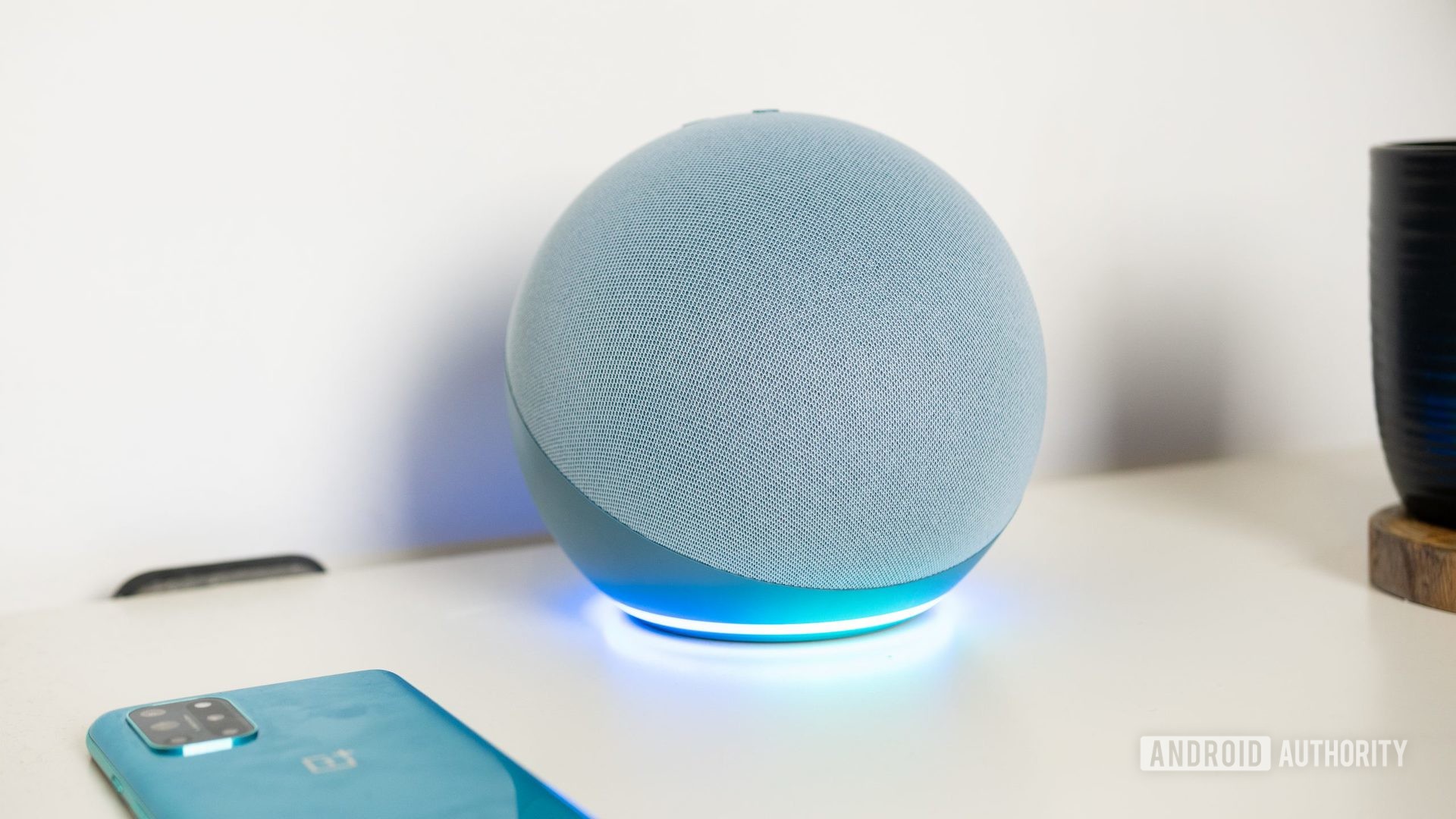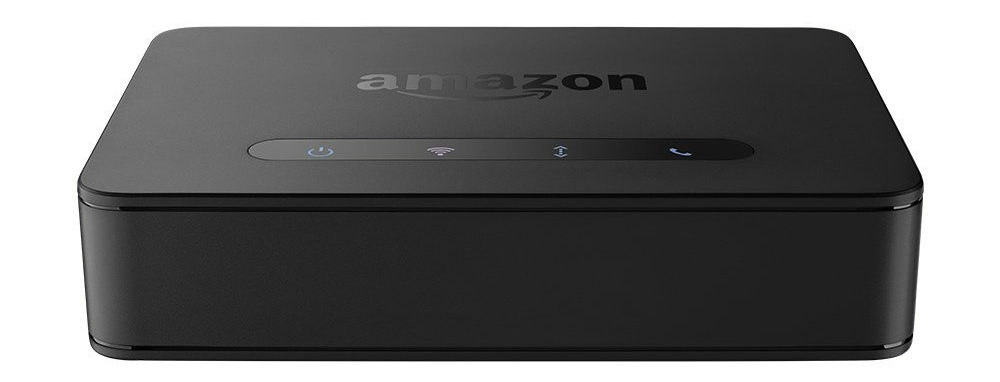Affiliate links on Android Authority may earn us a commission. Learn more.
Can Alexa call 911? How to set up Alexa for emergencies
Amazon wants people to think of Alexa devices as a one-stop-shop for communication. You can make outgoing phone calls on its Echo speakers, and if you have an Echo Show, there are multiple video calling options. But will Alexa dial 911 for you in an emergency?
QUICK ANSWER
You can't ask Alexa to dial 911 or other emergency services directly, unless you have an Echo Connect hooked up to a landline phone. You can, however, set up a personal emergency contact or subscribe to a service like Alexa Emergency Assist.
JUMP TO KEY QUESTIONS
Can Alexa dial 911?

Unfortunately, you can’t usually ask Alexa to call emergency services. In the US, this is due to regulatory compliance — FCC rules require that 911-capable devices provide both location data and a callback number, which is theoretically feasible for Alexa, but something Amazon has opted out of. Whenever possible, you should use a cellular or landline phone in a severe emergency.
Using an Echo Connect to call 911

Amazon’s Echo Connect accessory is a workaround for these limitations. The product links an Echo speaker to a landline, effectively turning it into an unrestricted speakerphone.
While it’s officially discontinued, you can occasionally find preowned units on sites like eBay. Setup remains supported as well, although you’ll need web access. You can get started by opening the Amazon Alexa app, selecting the Devices tab, then the plus icon up top, and tapping on Add Device. Search for “Echo Connect,” then follow the instructions that pop up when you tap it.
You’ll need a splitter adapter for your phone jack if you intend to make calls from a regular phone alongside your Echo speaker. Once everything is configured, all you need to do is say something like “Alexa, call 911.” Be careful about enabling this in homes with small children, however — prank or accidental 911 calls could land you in trouble.
How to set up an emergency Alexa contact
If you don’t have a landline and an Echo Connect, the simplest alternative is to ensure you have an emergency contact attached to your Alexa account, such as a doctor, a loved one, or even your neighbor. In a pinch, that person can call emergency services and/or come to your aid until authorities arrive.
How to add (and use) an emergency contact in Alexa:
- Open the Amazon Alexa app for Android, iPhone, or iPad.
- Select the More tab, then tap on Communicate towards the top of the screen.
- Tap on the contacts icon (two people) in the upper-right corner.
- Hit the triple-dot menu in the upper-right.
- Select Emergency Contact. If you don’t see the option, it might not be available in your region.
- Follow prompts to select an existing contact or create a new one. Note that you can’t add emergency services like 911, and anyone you select will receive a message informing them of your choice.
- If you ever need help, ask Alexa to “call for help” or “call my emergency contact.”
What is Alexa Emergency Assist, and how do I set it up?
Alexa Emergency Assist is a US-only subscription service that expands what happens when you say “Alexa, call for help.” On top of supporting up to 25 emergency contacts instead of just one, it puts you in touch with an Urgent Response hotline. If the situation is warranted, an agent will call police, fire, or ambulance services, passing along essential pre-saved information such as allergies or gate codes needed to enter your property. Remember that it’s on you to keep that info current (see below).
The subscription replaces Amazon’s defunct Alexa Guard, but there is one trace of it — if a compatible Alexa device picks up the sound of a smoke or CO (carbon monoxide) alarm, you’ll get a notification on your phone with an audio recording, and the option to call Urgent Response if the threat seems genuine.
To get started with Emergency Assist, you can use just about any Echo-branded speaker or smart display, as well as some third-party Alexa devices that support Alexa Communications. The only Alexa products that definitely don’t support Emergency Assist are portable ones like the Echo Auto and Echo Buds. Amazon cautions that you should have at least one device within earshot of each smoke or CO alarm.
If you want to subscribe, use the “Alexa, buy Alexa Emergency Assist” voice command, or visit the service’s Amazon webpage. You can also open the Amazon Alexa app, go to More > Emergency Assist > Subscribe Now, and sign up for the service.
Once you’ve completed checkout, you’ll still need to configure settings. Open the Amazon Alexa app, select the More tab, then Alexa Emergency Assist. Tap Add/Remove to set up emergency contacts. To input your personal info, tap the gear icon, then Your Information.
At the moment, the service costs $6 per month or $59 per year.
Frequently asked questions
Not really. Hypothetically you could use an Echo Connect and an Alexa routine to trigger 911 calls, but that would be pointless unless you were around to answer, in which case you’d want to dial yourself anyway. It would also risk legal trouble for abusing the 911 system.
No. Alexa speakers depend on voice commands for dialing, and typically play verbal or tonal feedback to let you know a command was received. While you could use the Alexa app on your phone, that would be redundant, and Alexa would still talk back.
We hate to sound like a broken record, but no. While Amazon offers a senior aid subscription service in the US called Alexa Together, it can only ever call the company’s Urgent Response team and personal emergency contacts, not 911. That’s true even if you have a compatible fall-detection device.